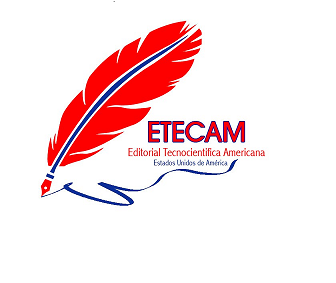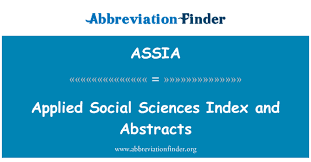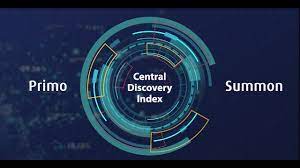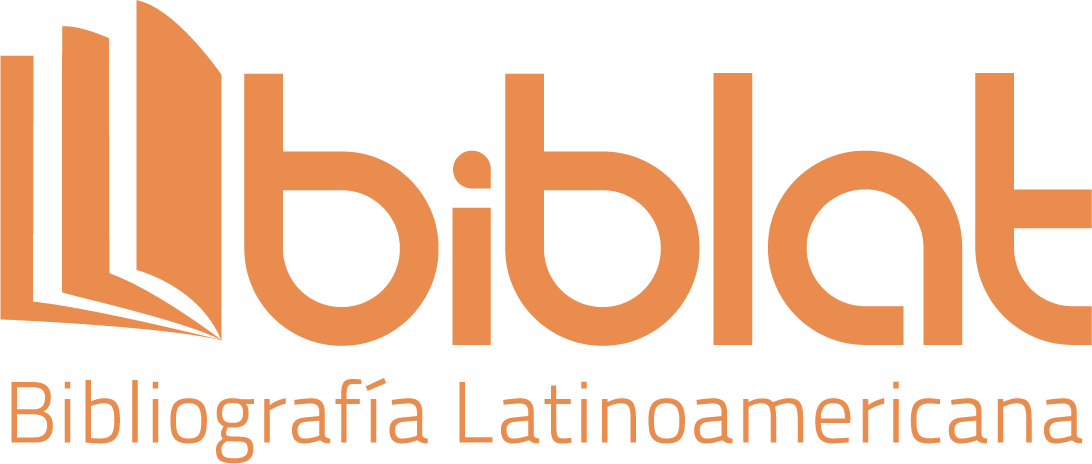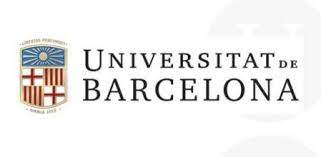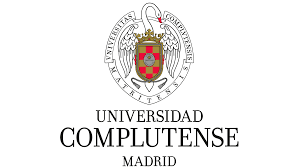Virtual and augmented reality in education
DOI:
https://doi.org/10.51736/sa.v7i3.330Keywords:
virtual reality, augmented reality, artificial intelligenceAbstract
Virtual and augmented reality are revolutionizing global education, offering immersive experiences that transcend physical and geographic limitations. The objective of this study is to analyze the impact AR of and VR on the teaching-learning process in different educational contexts. The methodology used is a qualitative theoretical review, with a systematic review of the literature in academic databases and specialized journals. The results show that AR and VR, based on constructivist theories and supported by research in cognitive psychology, improve motivation, commitment, and knowledge retention, allowing the personalization of learning and encouraging active interaction. They also highlight the differences between the two, with virtual reality providing immersive educational environments and augmented reality overlaying digital information in the real environment. However, ethical challenges and addiction risks are identified that must be proactively addressed. The conclusions highlight the need for adequate teacher training to integrate these technologies effectively, designing learning experiences that maximize their benefits. Continued technological evolution, including artificial intelligence, promises to further improve the personalization and effectiveness of these educational tools.
Downloads
References
Wong, K., Hui, E., Wai Lo, K., Jacky , W., Johnson, D., & Li, L. (2021). Carcinoma nasofaríngeo: un paradigma en evolución. Nat Rev Clin Oncol , 18, 679–695. https://doi.org/https://doi.org/10.1038/s41571-021-00524-x
Almonte, Y., y García, E. (2020). Integración de la realidad virtual y la realidad aumentaada en la enseñanza Montessori. Tesis de Maestría. Universidad Iberoamericana UNIBE.
Aquino, E., Avalos, A., y Avello , R. (2023). Uso de la realidad aumentada para mejorar la motivación en la asignatura de ciencias naturales. LATAM Revista Latinoamericana de Ciencias Sociales y Humanidades, 4(3). https://doi.org/ https://doi.org/10.56712/latam.v4i3.1165
Cabero, J., Vázquez, E., y López, E. (2018). Uso de la Realidad Aumentada como Recurso Didáctico en la Enseñanza Universitaria. Formación universitaria , 11(1). https://doi.org/http://dx.doi.org/10.4067/S0718-50062018000100025
Cabero, J., Vásquez , E., y López, E. (2018). Uso de la Realidad Aumentada como Recurso Didáctico en la Enseñanza Universitaria. Uso de la Realidad Aum, 11(1). https://doi.org/http://dx.doi.org/10.4067/S0718-50062018000100025
Farias, M., y Nómez, N. (2023). Ataque cibernéticode por medio, cumplimos 5 añosde navegación ypresentamosun dossier. Arboles y Rizomas, V(2). https://doi.org/https://doi.org/10.35588/ayr.v5i2.6547
Marín, V., San Pedro, B., y Vega, E. (2022). La realidad virtual y aumentada en el aula de secundaria. Campus Virtuales, 11(1). https://doi.org/http://dx.doi.org/10.54988/cv.2022.1.1030
Mathias, J., Gorotiza, B., Severino, A., y Tenorio, A. (2023). Realidad Virtual con Gamificación para Fortalecer la Enseñanza-Aprendizaje en la Asignatura de Historia. Ciencia Latina, 7(5). https://doi.org/https://doi.org/10.37811/cl_rcm.v7i5.8429
Montenegro, M., y Fernández, J. (2022). Realidad aumentada en la educación superior; posibilidades y desafíos. Tecnología, Ciencia y Educación, 23. https://doi.org/https://doi.org/10.51302/tce.2022.858
Morales, J., Alejandro, M., y Moran, L. (2024). Impacto de la realidad virtual en el proceso de aprendizaje en estudiantes de bachillerato. Revista Arbitrada Interdisciplinaria KOINONIA, IX(17). https://doi.org/https://doi.org/10.35381/r.k.v9i17.3176
Neira, M., Del Moral, M., y Fombella, I. (2019). Aprendizaje inmersivo y desarrollo de las inteligencias múltiples en Educación Infantil a partir de un entorno interactivo con realidad aumentada. Magister, 31(2). https://www.unioviedo.es/reunido/index.php/MSG
Pascuas, Y., García , J., y Mercado, M. (2020). Dispositivos móviles en la Educación: tendencias e impacto para la innovacion . Revista Politécnica, 16(31). https://doi.org/10.33571/rpolitec.v16n31a8
Pimentel, M., Monserrate , B., Adol , K., y Villamar, M. (2023). Realidad virtual, realidad aumentada y realidad extendida en la educación. Revista Recimundo, 7(12), 74-88. https://doi.org/10.26820/recimundo/
Rodríguez, B. (2020). Realidad aumentada, realidad virtual y aprendizaje en el contexto educativo superior a nivel internacional. https://hdl.handle.net/20.500.12394/10718
Ruiz , G., y Yépez , D. (2024). Transformando la Educación a través de la Inteligencia Artificial: Un Enfoque en el Aprendizaje Significativo. Revista Social Fronteriza, 4(333). https://doi.org/https://doi.org/10.59814/resofro.2024.4(2)191
Salas, G. (2020). Evaluando la memoria de trabajo en Realidad Virtual. Neurobiología, 1.
Toala, J., Arteaga, J., Quintana, J., y Santana, M. (2020). La Realidad Virtual como herramienta de innovación educativa. EPISTEME KOINONIA: Revista Electrónica de Ciencias de la Educación, Humanidades, Artes y Bellas Artes, III(5).
UNESCO. (2023). Resumen del informe de seguimiento de la educación en el mundo. https://doi.org/https://doi.org/10.54676/BSEH4562
Vedam-May, V., Deisseroth, K., Giordano, J., Muñoz, G., Chiong, W., Suthana, N., y Langevin, J. (2021). Proceedings of the Eighth Annual Deep Brain Stimulation Think Tank: Advances in Optogenetics, Ethical Issues Affecting DBS Research, Neuromodulatory Approaches for Depression, Adaptive Neurostimulation, and Emerging DBS Technologies. Frontiers in human Neurocience. https://doi.org/https://doi.org/10.3389/fnhum.2021.644593
Published
How to Cite
Issue
Section
License
Copyright (c) 2024 Dora Margarita Paredes Agreda, Johanna Lorena Mero Chávez, Marjorie Juana Vera Arias, Rubi Johanna Barahona Intriago

This work is licensed under a Creative Commons Attribution-NonCommercial-ShareAlike 3.0 Unported License.













